5 x 5 mm Two Ends Open Flow Cells with 4 Windows, QGF505
These 5 x 5 mm flow cells come with both ends open and are equipped with four windows, allowing for precise sample measurements. Although there is no bottom cuvette, these flow cells are perfect for applications that require efficient sample mixing and flowing.
$125.00
5 x 5 mm Two Ends Open Flow Cells with 4 Windows, QGF505
Introducing the QGF505 5 x 5 mm Two Ends Open Flow Cells, designed to elevate your spectroscopic experiments to new heights. With their exceptional performance and versatility, these flow cells are the ideal choice for accurate and reliable measurements. Let’s explore the specifications and features of the QGF505 flow cells:
Specifications:
- Flow Cell Type: 5 x 5 mm Two Ends Open Flow Cell
- Pathlength: 5 x 5 mm, allowing for precise measurements
- Open Ends: Both ends of the flow cell are open, facilitating easy sample loading and cleaning
- Construction: Fused construction ensures durability and chemical resistance
- Dimensions: Compact and lightweight with dimensions of 27 x 7.5 x 7.5 mm (H x W x D)
- Windows: Four polished windows offer exceptional optical clarity for enhanced data accuracy
- Material: Crafted from high-quality quartz, enabling excellent transmission within the 200 – 2,500 nm spectral range
Key Features and Benefits:
- Versatile Design: The QGF505 flow cells are compatible with a wide range of spectroscopic applications, making them a versatile tool in your research or laboratory
- Reliable Performance: Fused construction and chemical resistance ensure long-lasting and consistent flow cell performance
- Enhanced Optical Clarity: Four polished windows enable optimal light transmission, minimizing signal distortion and maximizing data accuracy
- Easy Integration: Compact size and lightweight design allow for seamless integration into existing experimental setups
- Customizable Options: Tailored solutions are available to enhance the specifications of the QGF505 flow cells based on specific experimental requirements
Customization Options:
We believe in providing customized solutions to meet your unique needs. Here are some customizable options for the QGF505 flow cells:
- Pathlength Modification: Customize the pathlength of the flow cells to suit your desired measurement range and sensitivity requirements
- Tubing Connectors: Choose the appropriate size and type of tubing connectors to seamlessly integrate the flow cells into your experimental setup
- Additional Specifications: Customize window coatings, material variations, or additional features based on your specific experimental demands
Conclusion:
Elevate your spectroscopic experiments with the QGF505 5 x 5 mm Two Ends Open Flow Cells. With their exceptional design, reliable performance, and customizable options, these flow cells empower you to achieve accurate and precise measurements. Experience the utmost confidence in your research and analysis by choosing the QGF505 flow cells. Unlock new possibilities in your scientific pursuits with this powerful tool. Order your QGF505 flow cells today and take your spectroscopic experiments to the next level.
What’s the use of flow cells?
Flow cells have a wide range of applications in scientific and laboratory settings due to their unique design and functionality. Here are some key uses of flow cells:
- Spectrophotometry: Flow cells are commonly employed in spectrophotometry, where they enable the measurement of absorbance or transmittance of light through a sample. By passing the sample through the flow cell, researchers can obtain valuable information about the composition, concentration, and properties of the sample.
- Chemical Analysis: Flow cells are instrumental in various chemical analysis techniques, such as liquid chromatography and flow injection analysis. These techniques involve the continuous flow of a sample through the flow cell, allowing for real-time monitoring and detection of analytes.
- Biological Research: Flow cells find extensive use in biological research, particularly in applications such as cell counting, cell culture monitoring, and enzyme kinetics. The controlled flow of biological samples through the flow cell enables researchers to study cellular processes, perform viability assessments, and analyze enzymatic reactions.
- Flow Cytometry: Flow cells are integral components of flow cytometers, powerful instruments used for cell analysis and sorting. In flow cytometry, cells suspended in a fluid are passed through the flow cell one at a time, allowing for the characterization and sorting of cells based on their physical and biochemical properties.
- Microfluidics: Flow cells play a crucial role in microfluidic systems, which manipulate small volumes of fluids for various applications. Microfluidic flow cells enable precise control of fluid flow, mixing, and reactions, making them valuable tools in fields such as drug discovery, genomics, and diagnostics.
- Environmental Monitoring: Flow cells are utilized in environmental monitoring systems to analyze water quality, detect pollutants, and assess the health of ecosystems. By continuously flowing water samples through flow cells, researchers can monitor parameters such as dissolved oxygen, nutrient levels, and pollutant concentrations.
The use of flow cells offers several advantages, including:
- Real-time Monitoring: Flow cells facilitate continuous and real-time monitoring of samples, enabling researchers to capture dynamic changes and obtain immediate results.
- Sample Conservation: Flow cells require only small sample volumes, making them suitable for applications where sample conservation is crucial, such as precious or limited sample scenarios.
- Repeatability and Precision: Flow cells provide consistent and repeatable measurements, ensuring reliable and accurate data acquisition.
- Flexibility and Customization: Flow cells come in various sizes, pathlengths, and designs, allowing for customization to suit specific experimental requirements.
In summary, flow cells are versatile tools that enable the controlled flow of samples, facilitating a wide range of scientific analyses, measurements, and experiments. Their applications span across disciplines such as chemistry, biology, biotechnology, environmental science, and more, making them indispensable in research and laboratory settings.
| 0 | 1 | 2 | 3 | ||
|---|---|---|---|---|---|
| *Molded | *Fused | *Bonded / Glued | |||
| UV vis ( 190- 2500 nm) | Yes | Yes | Yes | ||
| Transmission Matched | Yes | Yes | Yes | ||
| Transmission > 80% | Yes | Yes | Yes | ||
| Resistant to Acids and Bases (except hydrofluoric acid) | Yes | Yes | No | ||
| Resistant to Organic Solvents | Yes | Yes | No | ||
| Usable upto 500°C (932°F) | Yes | Yes | No | ||
| Usable upto 1200°C (2192°F) | Yes | No | No | ||
| 0 Variations Reading | On Request | No | No | ||
| Fabrication | Molded | Assembled with Quartz Powder | Assembled with Glue | ||
| Adhesives | No | No | Yes | ||
| Storage | Short Term Storage | Clean After Use | Clean After Use | ||
| Available Material | ES Quartz Material | ||||
| Note | Molded and fused cuvettes and cells are assembled by direct fusion without the use of adhesives throughout the production process. This guarantees resistance against corrosive chemicals and high temperature. Each quartz cuvette and cell has excellent transmission from 190nm to 2500nm. | ||||
To the best of our knowledge, the information provided here is accurate. However, Aireka Scientific assumes no liability for the accuracy of this page. The values provided are typical at the time of manufacture and may vary over time and from batch to batch. All products are for laboratory and research and development use only, and may not be used for any other purpose including health care, pharmaceuticals, cosmetics, food, or commercial applications.
| Weight | 80 g |
|---|---|
| Options | 5mm-Pathlength-Flow-Cell |
| QGF505 | 5mm-Pathlength-Flow-Cell | 5 x 5 mm Pathlength Flow Cell, Both Ends Open. Fused, Resistant to Most Chemicals. H x W x D: 27 x 7.5 x 7.5 mm, 4 Polished Windows, Material: Quartz, 200 – 2,500 nm Spectral Range |
Based on 0 reviews
Only logged in customers who have purchased this product may leave a review.















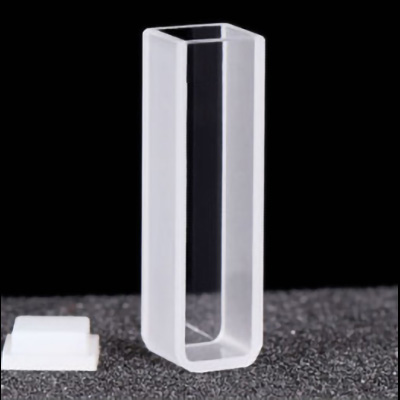

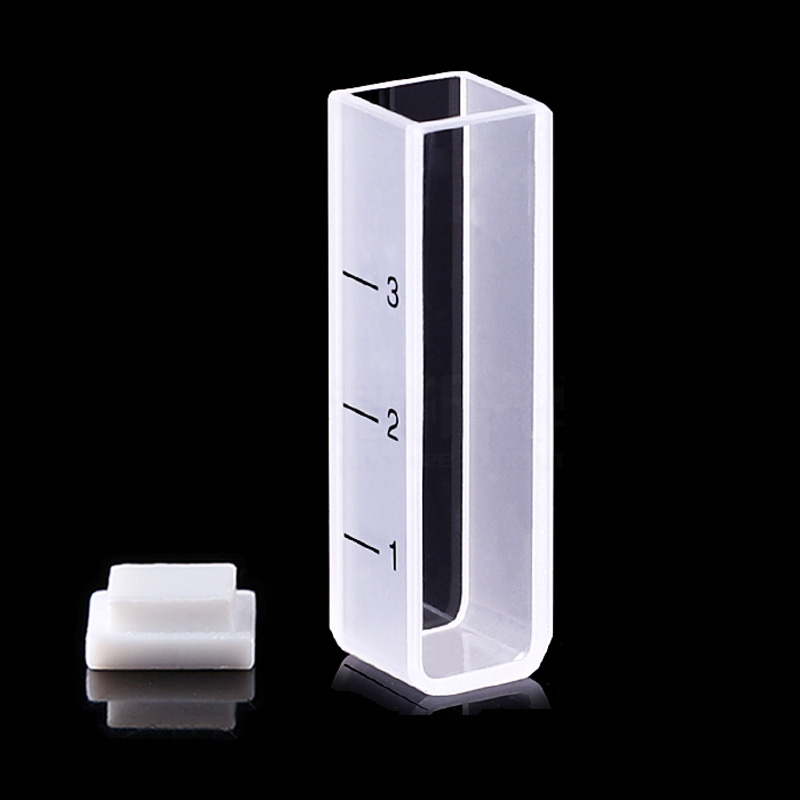


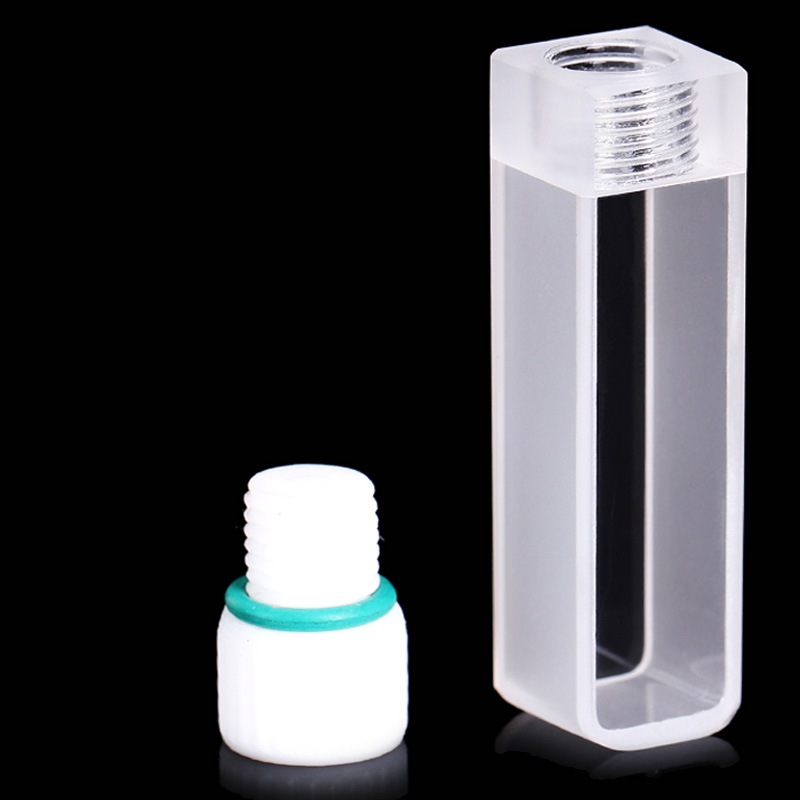



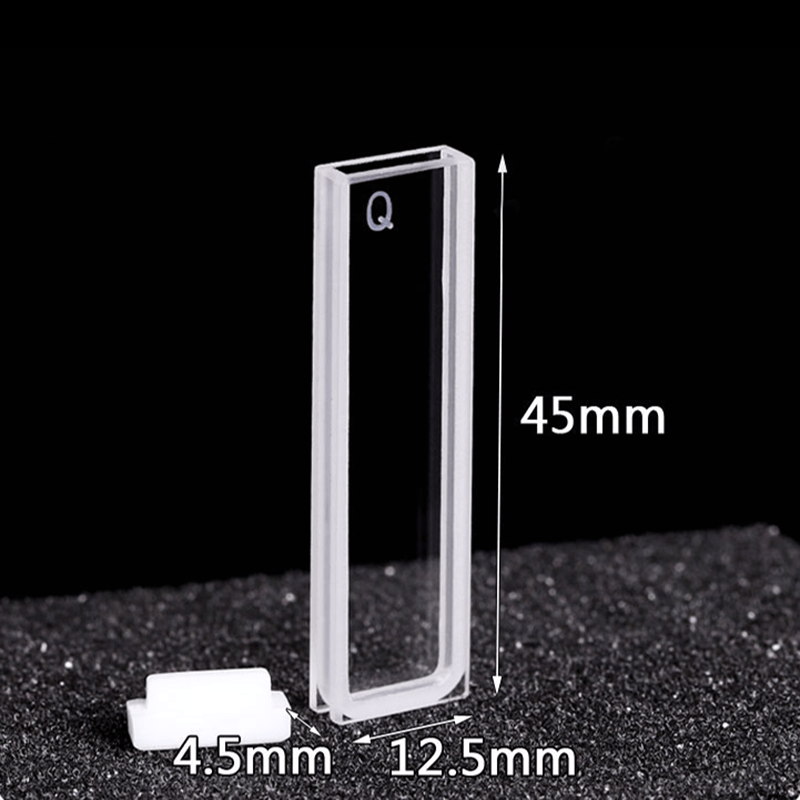
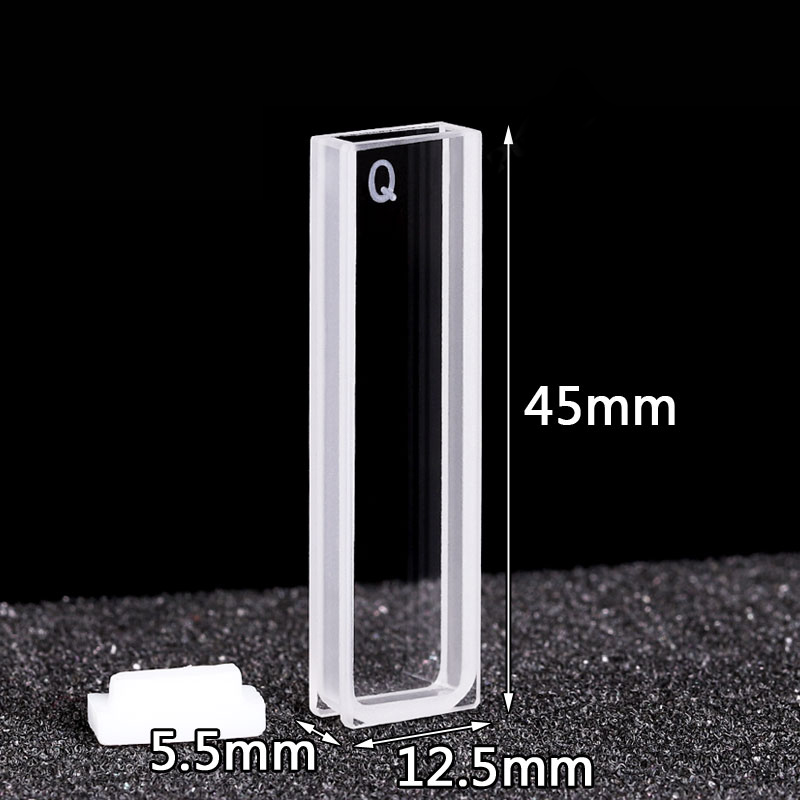


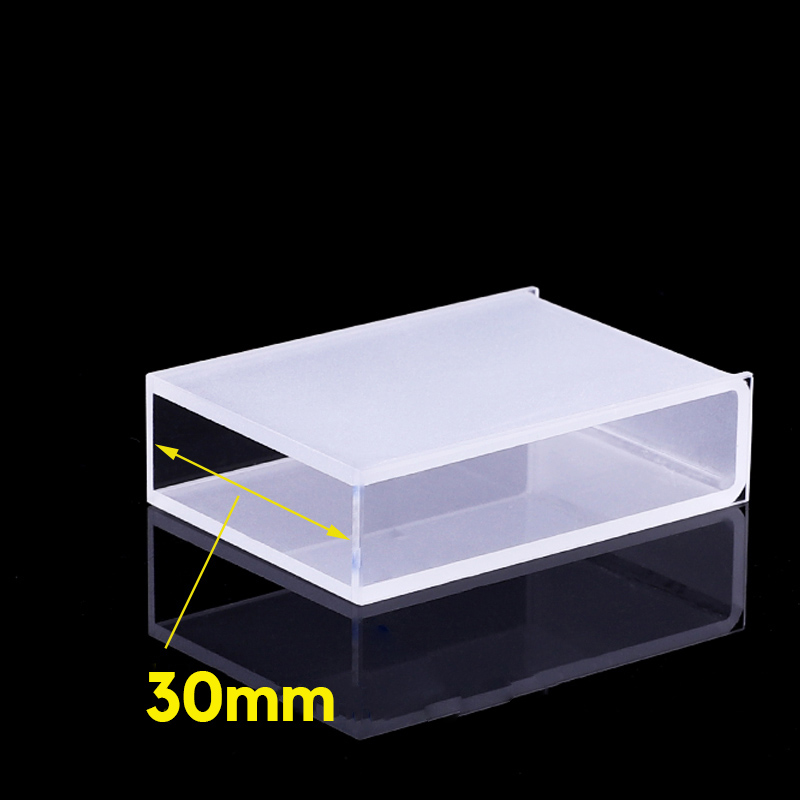

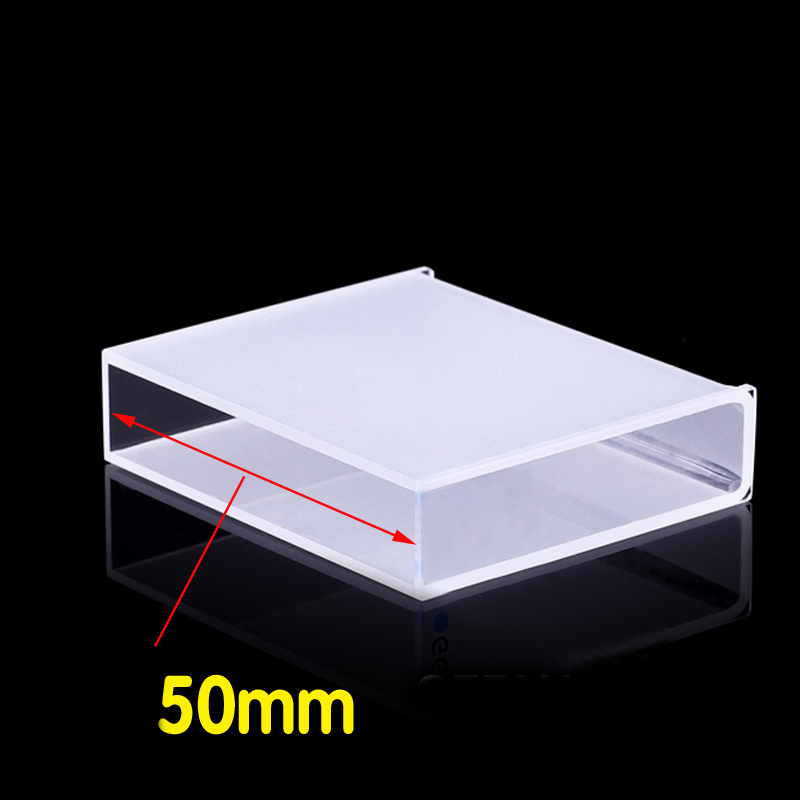


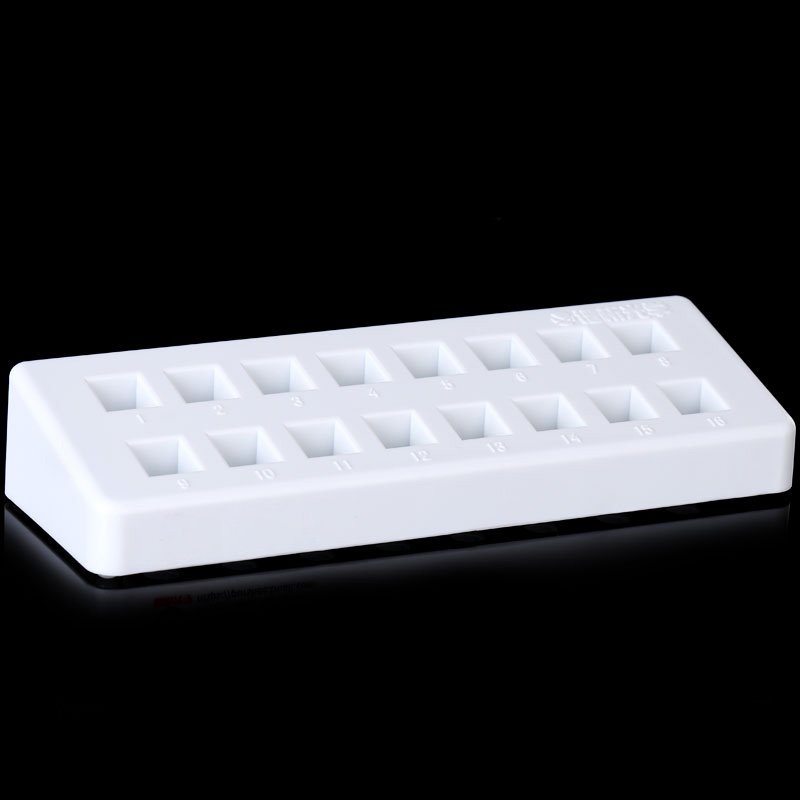
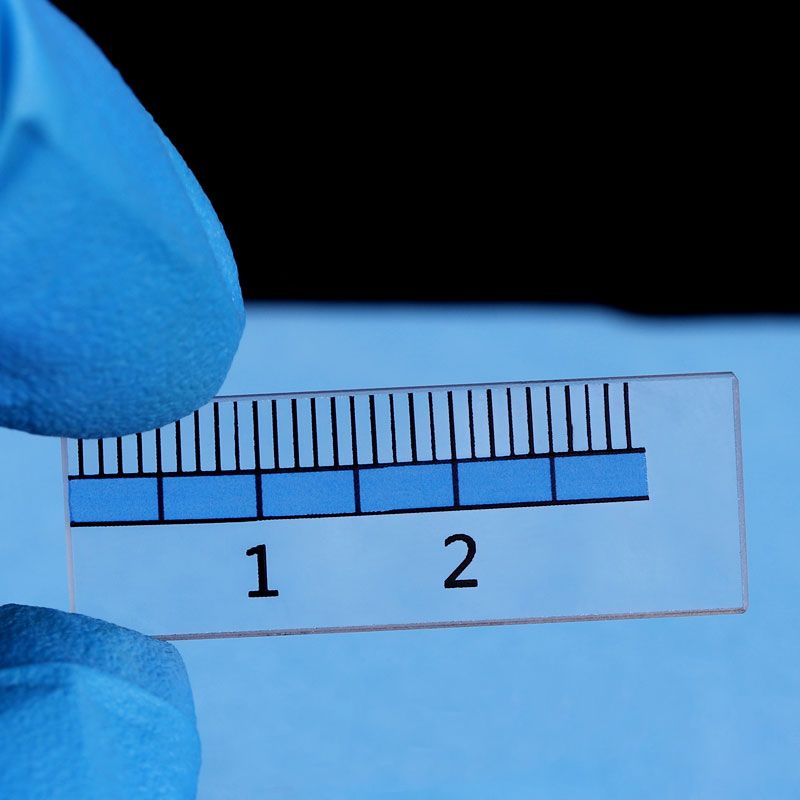
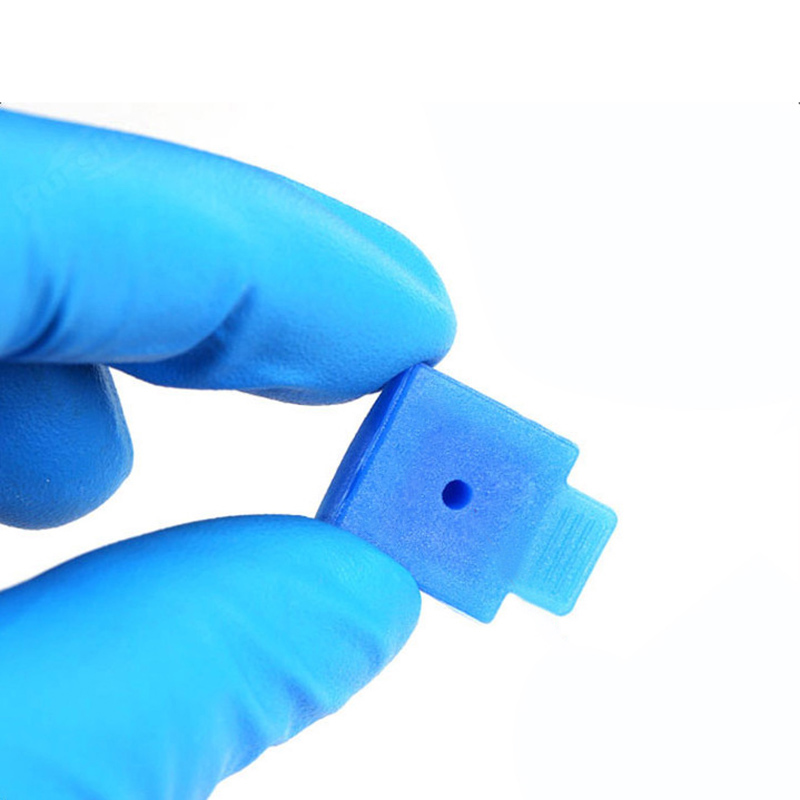











There are no reviews yet.